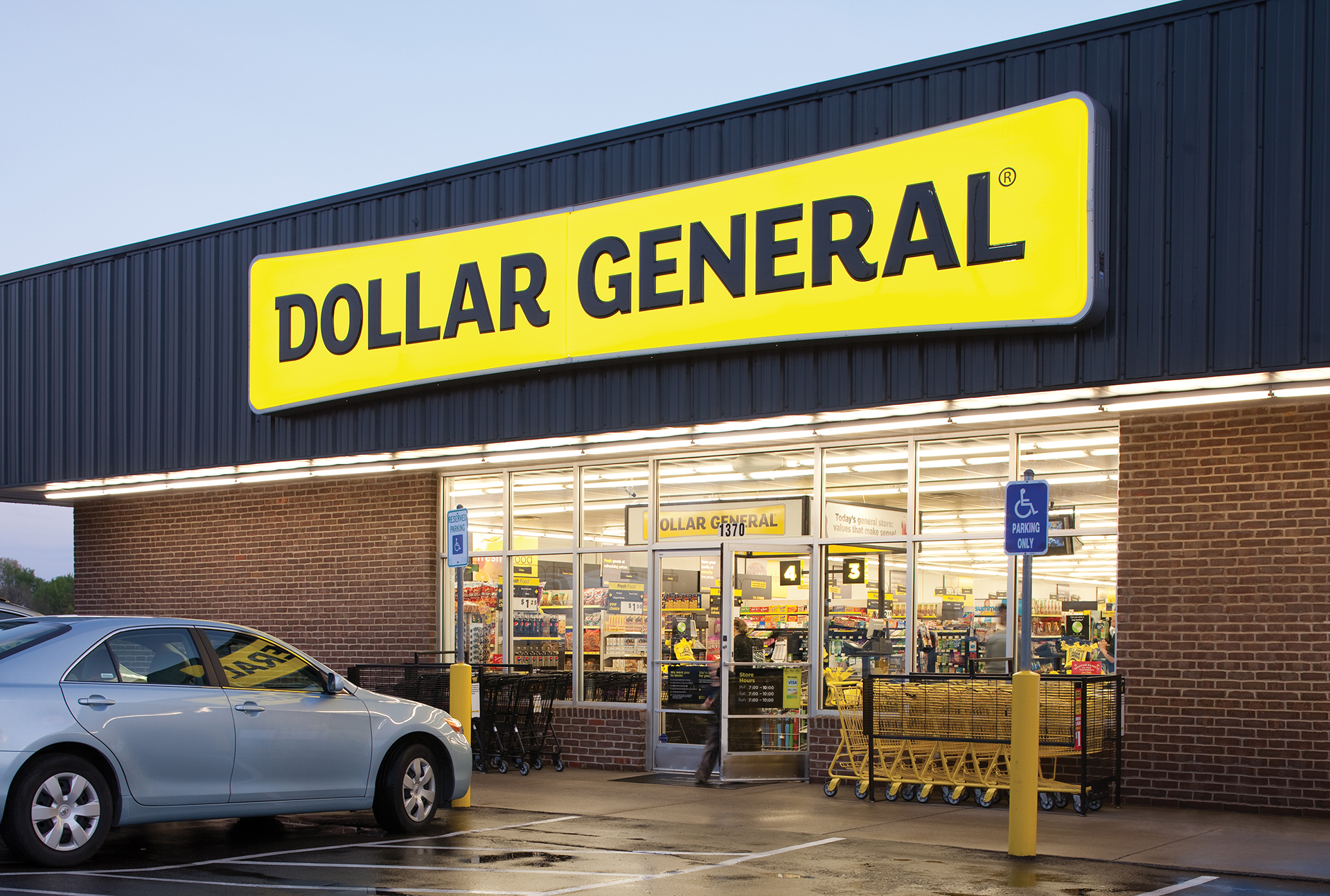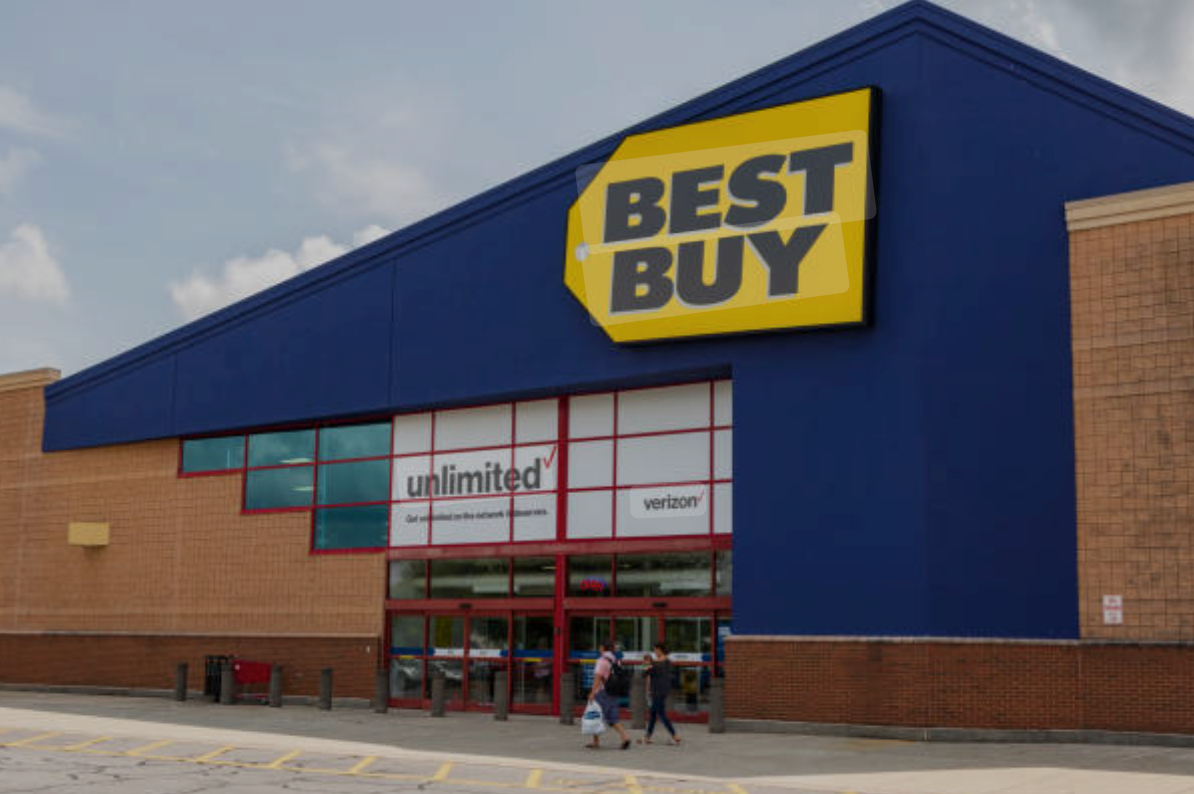Estimated reading time: 8 minutes
Kohl’s Q2 2026 Earnings: Retail Turnaround Gains, Sales Dip
August 27, 2025
Executive Summary
Kohl’s Corporation (NYSE:KSS) reported its Q2 2026 earnings on August 27, 2025, demonstrating notable progress in its retail turnaround strategy. The company delivered ✔ $1.35 diluted EPS, significantly surpassing analyst estimates of $0.33, bolstered by a $129 million legal settlement and effective inventory management. Gross margin improved by ✔ 28 basis points to 39.9%, reflecting disciplined cost controls and a focus on high-margin proprietary brands.
However, total revenue of ✘ $3.546 billion fell short of expectations of $3.802 billion, with net sales declining ✘ 5.1% YoY and comparable sales dropping ✘ 4.2%. Ongoing consumer spending challenges, particularly among lower- and middle-income shoppers, and softness in core apparel and footwear categories pressured top-line performance.
Stock analysis highlights Kohl’s retail turnaround momentum, tempered by persistent consumer spending challenges.
Summary of Beats, Misses, and Forward Guidance
| Metric | Actual | Expectation | Outcome |
|---|---|---|---|
| Q2 Diluted EPS | $1.35 | $0.33 | ✔ Beat |
| Q2 Gross Margin | 39.9% | 39.6% (prior year) | ✔ Beat |
| Q2 Revenue | $3.546 billion | $3.802 billion | ✘ Miss |
| Q2 Net Sales | $3.347 billion | $3.48 billion | ✘ Miss |
| Q2 Comparable Sales | -4.2% | Flat to -2% | ✘ Miss |
| FY2025 Sales Outlook | -5% to -6% | -5% to -7% | ✘ Narrowed |
1. Q2 2026 Financial Performance
Kohl’s demonstrated operational discipline in its Q2 2026 earnings, focusing on efficiency and profitability despite top-line challenges:
- Total Revenue: ✘ $3.546 billion, down 4.9% YoY from $3.732 billion, missing analyst estimates of $3.802 billion due to soft consumer demand.
- Net Sales: ✘ $3.347 billion, reflecting a 5.1% YoY decline from $3.525 billion, driven by weaker store traffic and digital sales.
- Diluted EPS: ✔ $1.35, up significantly from $0.59 YoY, beating estimates of $0.33, aided by a $129 million legal settlement and cost efficiencies.
- Gross Margin: ✔ 39.9%, up 28 basis points from 39.6%, driven by proprietary brands and effective inventory management strategies.
- SG&A Expenses: Down 4.1% YoY to $1.199 billion, reflecting disciplined cost control measures, including reduced marketing and labor expenses.
- Inventory: Reduced 5% YoY to $3 billion, enhancing operational efficiency by aligning stock levels with current demand trends.
2. Growth Drivers for Retail Turnaround
Kohl’s retail turnaround is propelled by strategic initiatives aimed at diversifying offerings and enhancing customer engagement:
- Sephora Partnership: 6% sales growth in Q1, with Sephora shops now in approximately 1,000 stores, contributing nearly $2 billion annually. This partnership attracts younger, higher-spending customers, boosting store traffic and brand appeal.
- New Categories: Home decor, gifting, and Babies “R” Us shops performed strongly, offsetting declines in traditional apparel. These categories, including seasonal décor and baby products, resonate with value-conscious shoppers seeking variety.
- Jewelry: 10% sales increase in Q1 driven by fine jewelry shop rollouts across key markets, appealing to gift buyers and enhancing higher-margin sales.
- Digital Strategy: Reintroduced coupon-eligible brands online, driving digital sales growth through targeted promotions and an improved e-commerce platform with faster checkout and personalized recommendations.
Sephora partnership and diversified categories are key to Kohl’s retail turnaround success.
3. Valuation and Market Reaction
Kohl’s stock responded favorably to the earnings beat, reflecting investor optimism about its profitability:
- Market Reaction: Shares surged ✔ 18.5% in pre-market trading, closing at $16.17, a 24% daily gain, driven by the strong EPS performance and margin improvement.
- Valuation: Forward P/E of ~10x remains attractive for value investors seeking undervalued retail stocks, though tempered by ongoing sales declines.
- Market Cap: Approximately $1.8 billion, reflecting Kohl’s position in a challenging retail sector but supported by its turnaround efforts.
4. Consumer Spending Challenges
Kohl’s faces significant headwinds from consumer spending challenges impacting its core customer base:
- Core Categories: ✘ Apparel and footwear weakness, particularly in men’s and kids’ categories like casual T-shirts, shorts, and athletic shoes, driven by reduced discretionary spending among budget-conscious shoppers.
- Economic Pressures: ✘ Lower- and middle-income customers are trading down to discount retailers or delaying purchases due to persistent inflation and rising living costs, squeezing Kohl’s core market.
- Digital Sales: ✘ Persistent softness in online sales of legacy home offerings, such as furniture and bedding, due to intense competition from e-commerce giants with broader selections and lower prices.
5. FY2025 Forward Guidance
Kohl’s updated FY2025 outlook reflects caution amid a challenging retail environment:
- Sales: Expected to decline ✘ 5% to 6%, narrowed from a prior range of 5% to 7%, signaling cautious optimism about stabilizing demand.
- Comparable Sales: Forecasted to decline ✘ 4% to 6%, reflecting ongoing weakness in discretionary categories and economic pressures.
- EPS: Projected at $0.10 to $0.60, below analyst estimates of $1.23, indicating conservative expectations for profitability amid sales challenges.
- Operating Margin: Expected to range between 2.2% to 2.6%, supported by cost efficiencies and margin-focused strategies.
Kohl’s cautious guidance underscores persistent consumer spending challenges in the retail sector.
6. Competitive Landscape for Stock Analysis
Kohl’s operates in a highly competitive retail environment, facing pressure from multiple fronts:
- Traditional Retailers: ✘ Macy’s and JCPenney compete aggressively for value-driven customers, offering similar apparel and home goods at competitive prices, challenging Kohl’s market share.
- E-commerce: ✘ Amazon and Walmart dominate online retail with vast product selections, aggressive pricing, and fast delivery, pressuring Kohl’s digital sales growth.
- Advantage: Sephora partnership and loyalty program, with 30 million members, enhance customer retention and drive foot traffic through exclusive offerings and rewards.
7. Risks and Challenges for Investors
Key risks impacting Kohl’s performance include:
- Consumer Spending: ✘ Inflation and cautious spending among lower- and middle-income customers reduce demand for discretionary items like apparel and home goods.
- Leadership Transition: ✘ Interim CEO Michael Bender and recent leadership changes create uncertainty about long-term strategic execution and vision.
- Debt: ✘ High-cost debt burdens Kohl’s balance sheet, posing risks in a rising interest rate environment that could increase financing costs.
- Store Closures: ✘ 27 underperforming stores closing by April 2025 may reduce revenue but aim to improve long-term profitability by focusing on high-performing locations.
- Digital Weakness: ✘ Soft online sales due to competition from e-commerce giants and challenges in scaling digital infrastructure to match consumer expectations.
Investors must weigh Kohl’s retail turnaround potential against significant operational and economic risks.
8. Industry Impact of Kohl’s Performance
Kohl’s strategic initiatives influence the broader retail sector, particularly in value-driven markets:
- Partnerships: Sephora and Babies “R” Us collaborations drive foot traffic, benefiting beauty and baby product suppliers by increasing demand for premium and specialty goods in Kohl’s stores.
- Value Retail: Reinforces demand for affordable brands, aligning with consumer trends toward value-oriented shopping amid inflation, influencing competitors to enhance their budget-friendly offerings.
9. Guidance to Investors
Q2 2026 earnings present opportunities for investors, balanced by notable risks:
- Value Investors: ✔ Consider Kohl’s for its attractive ~10x forward P/E and Sephora partnership, which drives traffic and sales, but closely monitor sales declines and economic pressures that could erode profitability.
- Risk-Averse Investors: ✔ Diversify with stronger retailers like Walmart or Target, which have broader market exposure, to mitigate Kohl’s ✘ consumer spending challenges and reliance on discretionary categories.
- Opportunistic Investors: ✔ Capitalize on buying opportunities during dips, as seen with the ✔ 18.5% pre-market surge, but be prepared for volatility driven by market reactions to retail trends.
- Hedging Strategies: ✔ Use protective puts to manage ✘ 20%+ stock volatility, particularly during earnings seasons or economic data releases impacting retail.
- Leadership Monitoring: ✘ Track the CEO transition to assess whether new leadership can sustain the turnaround momentum and address strategic challenges.
- Economic Sensitivity: ✘ Evaluate inflation’s impact on Kohl’s lower- and middle-income customer base, which may continue to limit discretionary spending.
Investors should leverage Kohl’s retail turnaround potential while carefully managing exposure to consumer spending challenges.
10. Conclusion
Kohl’s Q2 2026 earnings, with ✔ $1.35 EPS and ✔ 39.9% gross margin, underscore progress in its retail turnaround, driven by the Sephora partnership and operational efficiencies.
However, ✘ $3.546 billion revenue and ✘ 5.1% sales decline highlight ongoing consumer spending challenges and weaknesses in core categories. Investors must approach with caution and strategic risk management.
Kohl’s is advancing its retail turnaround, but sustained growth depends on overcoming economic and competitive headwinds.
11. Disclaimer
This stock analysis is for informational purposes only and does not constitute financial, investment, or legal advice. Investors should conduct due diligence and consult a financial advisor. Kohl’s stock faces risks from consumer spending challenges, leadership transitions, high-cost debt, store closures, and competition, which could impact performance. Past performance is not indicative of future results. Qunatical assumes no liability for losses from actions based on this analysis.
Kohl’s ✔ earnings beat and retail turnaround progress are offset by ✘ sales declines and consumer spending challenges, requiring cautious navigation for investors.










